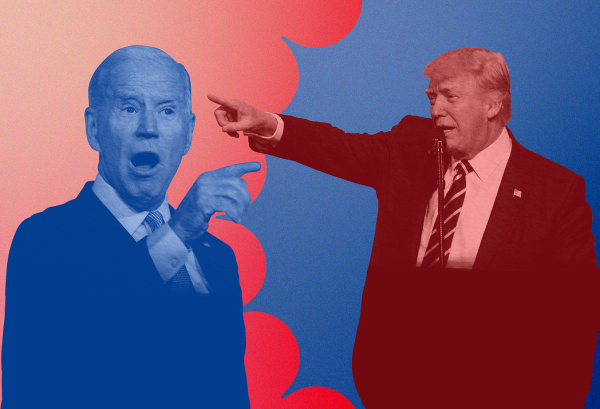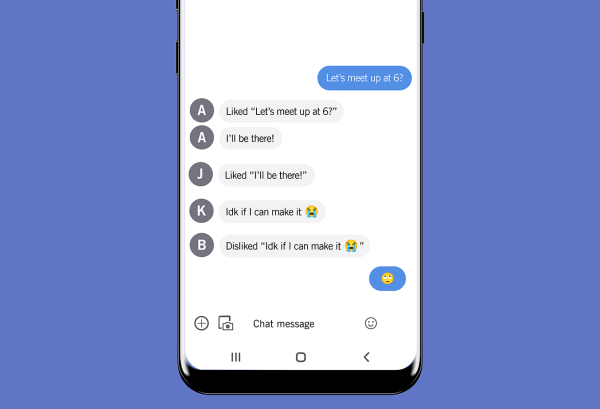Goodbye my sweetheart, hello Vietnam: an appreciation of Stanley Kubrick’s Full Metal Jacket
April 25, 2019
Based on the 1979 novel ‘The Short Timers, Full Metal Jacket’ chronicles a Private Joker’s quest into Vietnam from boot camp all the way up to his first kill. This film over the years has proved be to one of Stanley Kubrick’s most resonating works – one that is brutal, uncompromising and unflinching in its vision of the dastardly consequences of the Vietnam War.
The film begins with shots of young men getting their heads shaven – thus giving them a new identity, an identity alienated from the one they came to Parris Island with.
Division is a concurrent theme in the film. Division by rank, division in war, and division in the way the very film itself is constructed, as it is divided up into two separate stories only interlinked through the character of Joker.
The first half of the film explores the mental deterioration of a Private Leonard “Gomer Pyle” Lawrence, as seen through the eyes of Joker. Vincent D’Onofrio’s performance as Pyle demands the audience’s attention at all times. His division from the rest of the platoon as an equal isolates his character and drives him into madness.
On the other side of Pyle is Gunnery Sergeant Hartman – a hardened drill instructor portrayed by R. Lee Ermey. Hartman’s one and only goal is to transform these men into ruthless killers, and he does just that.
Joker shows Hartman resistance and an unwillingness to conform like the rest of his squad. Joker’s actions symbolize the duality of his character – someone who is remarkably grounded whilst being recreated and re-envisioned to be a killer.
Private Pyle proves to be a Frankenstein experiment gone wrong and takes his, and the Sergeant’s life in a climatic and chilling scene that marks the end of the first half of the film – the impact of the scene is a true testament to the atmosphere Kubrick can create within his films. Kubrick’s daughter also composed the score for this film, and it is nothing short of eerily excellent. The music places you in the middle of the emotion of this film, adding another deep level of immersion.
Many folks that have watched this film tend to lose interest during the second half when Joker actually gets into Vietnam, and it has an admittedly much different feel. I, for one, find the second half of this film very interesting due to its deep analysis of the character Joker – who wears a peace symbol, while simultaneously wearing a helmet with “born to kill” written on the front. This hearkens back to the duality concept mentioned before.
Good ole’ boys from Texas, career military men, and just downright psychopaths paint the landscape of Kubrick’s Vietnam. The men often tease Joker because he hasn’t killed anyone in combat yet, much like young boy’s tease each other on the playground. These young men had set out on an uncharted journey into Vietnam in an effort to please their fathers or play John Wayne, which is something Joker often jokes about throughout the film. This idolization has failed them in Vietnam.
Joker’s inner conflict is inevitably confronted by the end of the film. A Vietcong sniper pins down Joker’s squad and they are forced to fight their way into a building where the sniper is held up. The sniper turns out to be a young Vietnamese woman – something that very obviously discomforts Joker. Joker is then forced to make a hard decision – pull the trigger or leave her to die. Joker’s execution of the woman signifies his shift as a character – the loss of humanity. He has become the product of Hartman’s image.
Many Vietnam films exist, and a lot of them exhibit different themes that analyze different aspects of war – but there is only one Stanley Kubrick Vietnam film. The film takes a deep and solemn look at the heart of men during war. Full Metal Jacket remains to be relevant today and its themes should provoke critical thinking in endless generations to come.




















































































































































